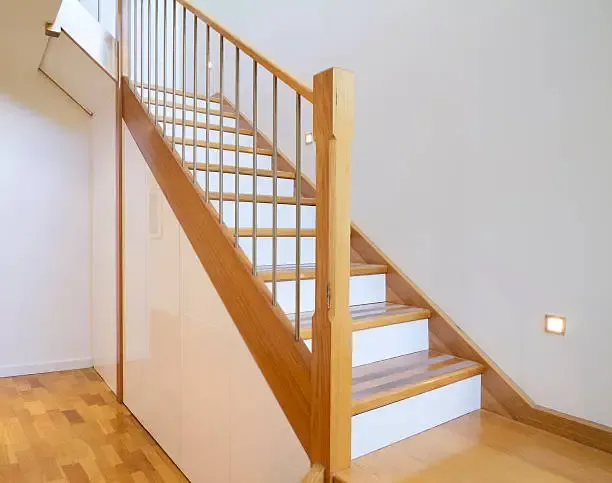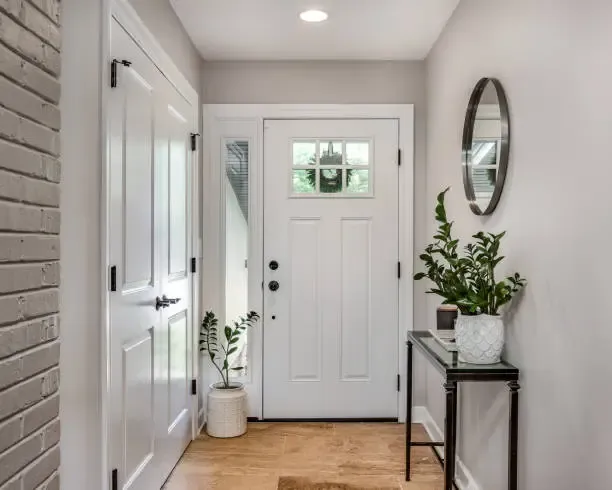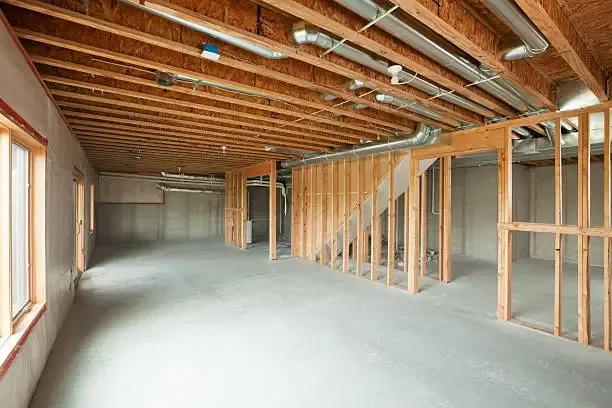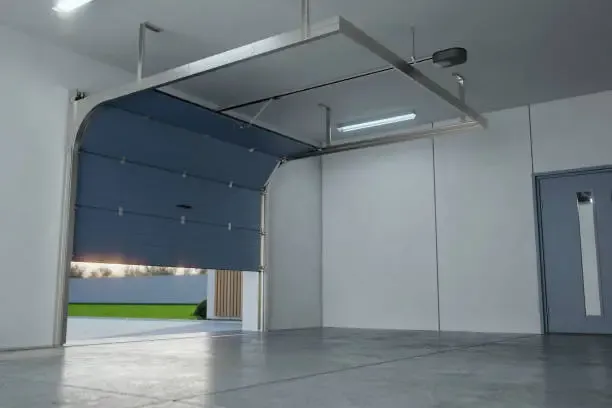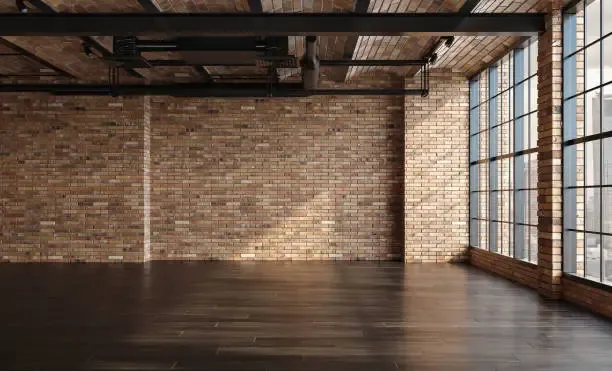
Where to Place Solar Inverter?
When installing a solar power system in your home, choosing the right place for your solar inverter is essential. Select a place that is easily approachable for monitoring and maintaining your inverter. Also, the place should be protected from metal impurities.
You can place your inverters indoors or outdoors according to your requirements, but a shaded, dark spot away from moisture and direct sunlight is always recommended.
In this blog, we'll discuss the top 5 best spots to place a solar inverter. But before choosing a location, it's essential to consider the following factors.
8 Factors to consider while placing solar inverter
1.Indoor or Outdoor
Some inverters, like grid-tied inverters, are for outdoor use, but you can install them indoors, too. Off-grid inverters don't have waterproof enclosures, so they are mostly installed indoors.
The reason is that the voltage drop between the inverter and the meter minimizes the inverter's optimal performance and the overall solar system's efficiency. Therefore, it's highly significant to place the inverter in the right place.
2.Distance from the Solar Panels
A solar inverter should be placed as close as possible to the solar panel. This reduces energy loss due to colossal cable runs, minimizes the voltage drop, and maximizes overall system performance.
You should install power optimizers and micro inverters close to their respective panels. But a string inverter should be installed near the centre of your solar array.
3.Protection from Environmental Factors
The inverter should be protected from intense weather conditions like rain, snow, direct sunlight, and heat. Select a location that offers protection from the elements to ensure the inverter's performance and longevity. A wall-mounted box or outdoor-rated inverter protectors offer the required protection.
4.Easily Accessible to Maintain and Monitor
Always consider ease of access when maintaining and monitoring the inverter.
Inverters may need occasional repairs and maintenance, so ensure that the selected location allows easy access. Avoid placing the inverter in an inaccessible location or prevent obstructing the area with hurdles.
5.Adequate Ventilation and Breathing
Solar inverters produce heat during operation and need proper ventilation to disperse this heat. Make sure that there is enough airflow around the inverter to avoid overheating.
Place the inverter in a well-ventilated and breathing place or set a fan if required to help maintain a sufficient functioning temperature.
6.Noise Level
Inverters can generate weird noises while operating, specifically when they have fans or cooling systems. If you are concerned about noise, install the inverter away from your living area or workplace. Further, choose a silent inverter.
7.Electric Codes
Make sure that the installation meets local electric codes and regulations. Different regions have different requirements for inverter placement, including wiring and safety precautions.
Consult a professional installer for some placement advice.
8.Security of the Inverter
Inverters are expensive, and they can be appealing to thieves. Consider security measures such as installing a lockable protector or placing the inverter in less visible spots.
5 Best Locations to Place a Solar Inverter
Here, we explain the best locations to place a solar inverter;
1. Under the Stairs
One of the best options is to install a solar inverter under the stairs; this space is often underutilized in many homes.
Benefits of Installing a Solar Inverter under the Stairs
- Temperature Control
This area of the home often has a stable indoor temperature, which is good for the solar inverter's longevity and efficiency.
- Space Optimisation
Under-stairs places are often ignored and can be effectively used to hold a solar inverter, enhancing a home's square footage.
2. Hallway
One appealing place to install a solar inverter is a hallway, an often overlooked spot in homes. Below, we mention the advantages of installing solar inverter hallway;
- Temperature Control
Hallways usually maintain a moderate indoor temperature, which is ideal for solar inverter performance and efficiency. The controlled environment ensures that the inverter runs optimally.
- Space Utilisation
Many homes' hallways need to be more utilized, making them ideal for installing a solar inverter. By placing it there, you can get the most out of the space while keeping it reserved.
- Closeness to Electrical System
Hallways are generally near to the main electric panels, simplifying the integration of the inverter to the home's electric system. This closeness can minimize the installation cost and simplify the overall installation process.
3. Basement
One intriguing option is to place a solar inverter in the basement. Such a unique sport provides multiple benefits, including a controlled environment and a good use of available space.
- Prevention from Environmental Elements
The basement offers protection from the elements and minimizes the risks of environmental damage to solar inverters.
- Temperature Control
Basements usually have a moderate and stable temperature throughout the year, making them the best for locating the solar inverter. Unlike other outdoor placements, where intense weather conditions can affect the inverter's efficacy, basements offer a temperature-controlled environment that can maximize the inverter's life.
4. Utility Room or Garage
A utility room or garage is one of the most recommended and common locations for placing the solar inverter. This place comes with the following advantages for solar inverters.
- Temperature Control
These indoor locations maintain an average temperature range, which is best for the solar inverter's longevity and performance.
- Easily Accessible
The utility room and garage are easily accessible, making it ideal for maintaining and monitoring the solar inverter. Such proximity simplifies routine inspection and ensures prompt response to any damage.
5. Loft
Most homeowners place their solar inverters in utility rooms, garages, hallways, or basements, but another intriguing option to place them is a loft.
- Temperature Control
In multiple regions, loft spaces stay cooler than outdoors during the summers. Such stable temperatures can help optimize solar inverters' lifespan and efficiency.
What to Avoid When Installing Your Solar Inverter
While there are plenty of great locations to install your solar inverter, there are also places you should avoid:
Direct Sunlight: Never place the inverter in direct sunlight, as it will overheat and suffer from reduced efficiency.
Too High or Too Low: Inverters should not be installed in places that are too high (like the top of a building) or too low (like basements prone to flooding). Both locations can lead to safety concerns and difficulty with access.
Damp Locations: Avoid placing the inverter in damp or humid areas, such as bathrooms, or places that are prone to water leakage.
Hire Professionals for Placing Solar Inverters
Suppose you need help deciding which place is best for your solar inverter. Hiring professionals like Innotinum will find you the ideal place to maximize the efficiency of solar inverters and install them appropriately to boost their lifespan. So choose them and get professional advice to place a solar inverter.

